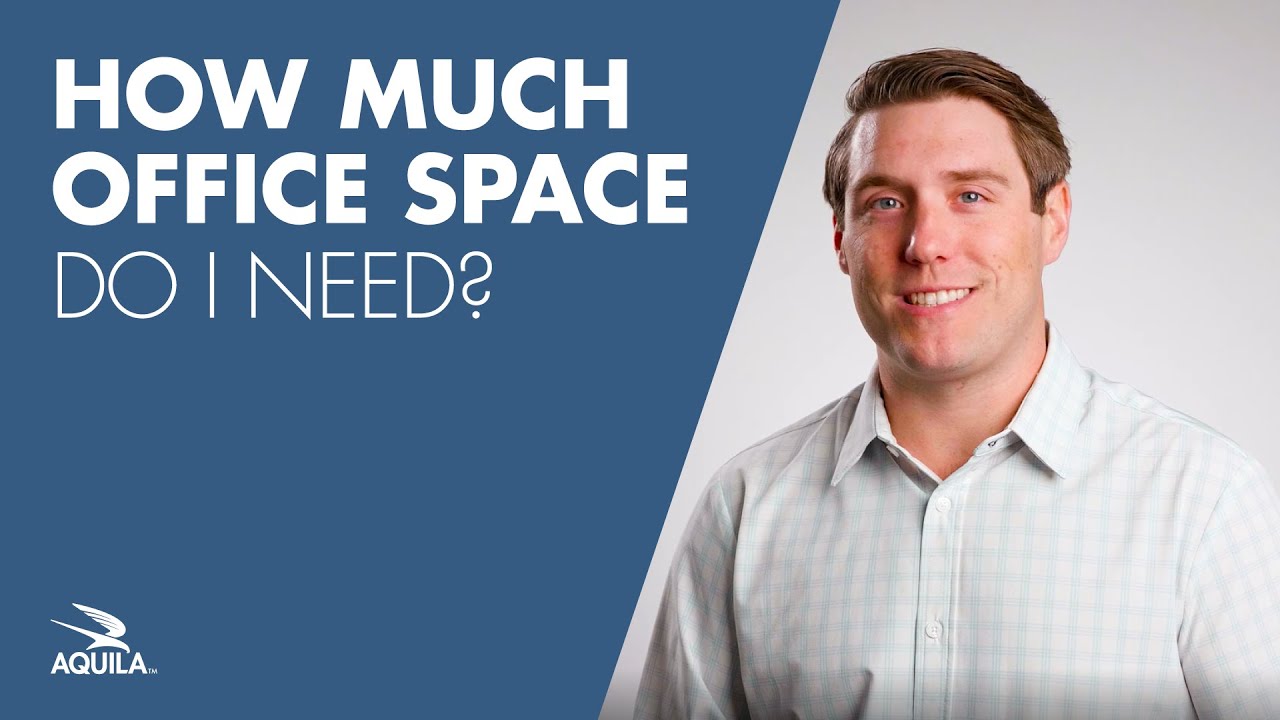How can I judge how much office space I’ll need now and in the future? – StartupSmart
I’m looking for office space but I’m unsure what size premises I’ll need. Although we are starting up with just three people, I’m planning for rapid expansion. However, I don’t want to hamper the business by paying for a large space that we may not use. How can I judge this accurately?
Firstly, dealing with the immediate office needs of three people, a good rule of thumb is to use ‘typical’ workspace ratios.
Assuming the three people each need an office, and an average office takes approximately 15 square metres, you need 45 square metres for the three people.
You also need to consider whether you need:
- a reception area
- meeting rooms
- a boardroom
- storage
- a utilities room for printers, photocopiers and stationery
- a kitchen.
Depending on these requirements, you can use appropriate workspace ratios to ‘firm up’ the area you need.
You can also do an occupancy ‘test fit’ at a particular desired building, in which a designer mocks-up an indicative layout that suits your specific tenancy needs. Often this can be done at a minimal cost.
While the typical lease is between three and four years, if you expect your company to grow quickly, it is better to take a lease for a shorter period, say, two years.
At the end of this time you will have a much better idea of the growth of your company and your medium- to longer-term accommodation needs.
When choosing office accommodation, best practice is to project forward as best you can to the midpoint of the lease.
For example, if you are considering taking a three-year lease, you should choose accommodation based on what you anticipate the staff headcount to be towards the midpoint of that lease: 18 months or so.
You should make decisions about space on this basis. This will provide a larger space than you may have initially imagined, but you can sub-let part of the occupancy, which can offset some of the extra costs until you need the extra space.
A sub-lease can be flexible, and can range from a monthly to a yearly agreement, or longer if it suits.
If you are planning rapid expansion, it may be best to also consider serviced office accommodation. One of the attractions of this is the short and often flexible lease terms available; you can rent on an hourly, daily, weekly, monthly or longer basis.
As your tenancy needs change, you will be able to move into larger accommodation without issues such as lease legacies, the cost of refitting new premises (most serviced offices are leased fully fitted), and the need to “make good” the accommodation that is being left.

